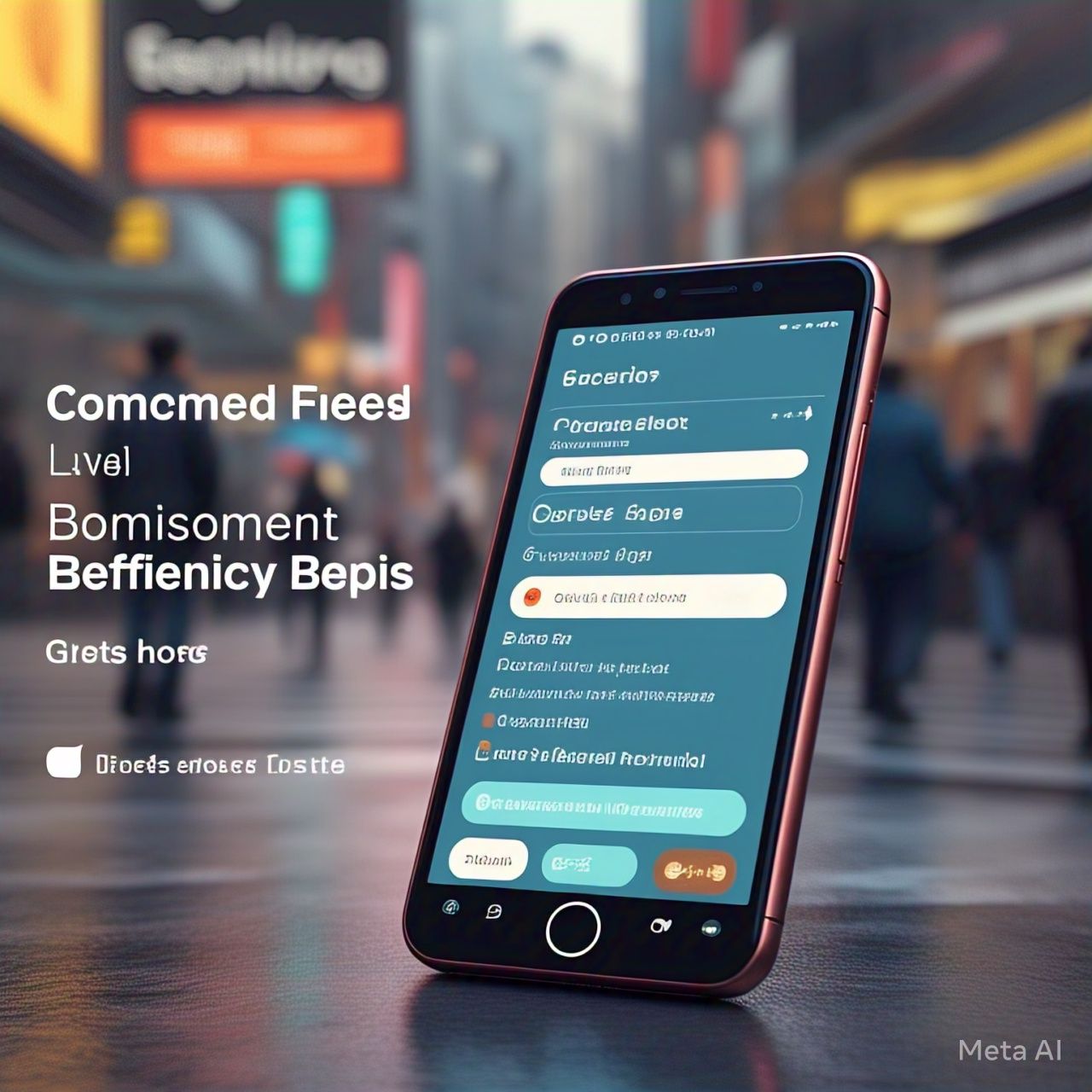Table of Contents
- Introduction
- The Role of Data in Predictive Analytics
- How Web Scraping Powers Business Forecasting
- Key Techniques for Effective Web Scraping in Analytics
- Challenges in Using Web Scraping for Predictive Analytics
- Ethical and Legal Considerations
- Popular Tools for Web Scraping in Business Intelligence
- Case Studies: Web Scraping in Action
- FAQs
- Conclusion
- References
1. Introduction
Predictive analytics is transforming the way businesses anticipate market trends, customer behavior, and operational efficiencies. The accuracy of these predictions relies on access to large, up-to-date datasets. Web scraping is a powerful technique that allows businesses to collect vast amounts of structured and unstructured data from online sources, feeding machine learning models and predictive algorithms.
This article explores how web scraping fuels predictive analytics, the challenges and best practices involved, and real-world examples of its implementation in business forecasting.
2. The Role of Data in Predictive Analytics
Predictive analytics uses historical data, statistical modeling, and machine learning algorithms to forecast future outcomes. Some common applications include:
- Market trend analysis – Identifying patterns in consumer behavior.
- Risk assessment – Evaluating creditworthiness or fraud detection.
- Sales forecasting – Predicting revenue based on historical sales.
- Inventory optimization – Estimating stock requirements to prevent shortages.
The more diverse and relevant the dataset, the better the predictive model’s accuracy. Web scraping provides a steady stream of real-time data, ensuring businesses stay ahead of market shifts.
3. How Web Scraping Powers Business Forecasting
Web scraping automates data extraction from various online sources, enabling businesses to:
- Monitor competitors – Track pricing, promotions, and customer sentiment.
- Analyze market trends – Extract news articles, financial reports, and consumer opinions.
- Enhance customer insights – Collect product reviews and social media interactions.
- Improve demand forecasting – Use real-time data to predict shifts in supply and demand.
Types of Data Collected for Business Forecasting
| Data Type | Use Case in Business Forecasting |
|---|---|
| Stock Market Data | Predicting price trends and investment opportunities |
| E-Commerce Pricing | Competitive pricing strategies |
| Social Media Sentiment | Consumer behavior analysis |
| Weather Data | Supply chain and logistics planning |
| News and Reports | Risk management and crisis forecasting |
4. Key Techniques for Effective Web Scraping in Analytics
To optimize data extraction for predictive modeling, businesses use advanced web scraping techniques, including:
- Web Crawlers – Automated bots that navigate websites to collect data.
- API Integration – Using public APIs to extract structured data efficiently.
- Headless Browsers – Tools like Puppeteer and Selenium for handling dynamic JavaScript content.
- Proxy Rotation – Prevents IP bans by using multiple IP addresses.
- Natural Language Processing (NLP) – Extracting insights from unstructured text data.
5. Challenges in Using Web Scraping for Predictive Analytics
Despite its advantages, web scraping presents challenges:
| Challenge | Solution |
| Dynamic Websites | Use Selenium or Puppeteer to handle JavaScript-heavy sites. |
| Legal Restrictions | Ensure compliance with website terms and data privacy laws. |
| Unstructured Data | Implement NLP and data preprocessing techniques. |
| Server Overload | Optimize scraping frequency and use caching mechanisms. |
| Anti-Scraping Measures | Utilize CAPTCHAs solvers and rotating proxies. |
6. Ethical and Legal Considerations
Legal Aspects
- Respect Robots.txt – Adhere to website policies on scraping.
- GDPR and CCPA Compliance – Avoid collecting personally identifiable information.
- Use APIs When Available – APIs provide a legal and structured alternative to web scraping.
Ethical Guidelines
- Do Not Harm Websites – Excessive requests can slow down servers.
- Ensure Transparency – Clearly state how scraped data is used in reports or predictions.
- Avoid Data Misuse – Misinterpreted data can lead to misleading forecasts.
7. Popular Tools for Web Scraping in Business Intelligence
Several tools facilitate large-scale web scraping for predictive analytics:
| Tool | Function |
| Scrapy | Python-based web scraping framework |
| BeautifulSoup | Parsing and extracting HTML/XML data |
| Selenium | Handling JavaScript-heavy websites |
| Octoparse | No-code web scraping platform |
| Puppeteer | Headless browser automation |
| Google Cloud AI | Machine learning-powered data processing |
8. Case Studies: Web Scraping in Action
Case Study 1: E-Commerce Price Optimization
An online retailer used web scraping to track competitor prices and adjust their own in real-time. Predictive analytics helped anticipate price trends, boosting sales and profit margins.
Case Study 2: Stock Market Forecasting
A hedge fund leveraged financial news scraping and stock price history to train an AI model for stock predictions. The model improved decision-making and reduced investment risks.
Case Study 3: Consumer Sentiment Analysis
A marketing firm scraped social media data to analyze brand sentiment. AI-powered predictions helped businesses tweak their advertising strategies based on consumer opinions.
9. FAQs
Q1: Why is web scraping important for predictive analytics?
A: It provides real-time, diverse datasets that improve the accuracy of predictive models.
Q2: What industries benefit from web scraping in forecasting?
A: Finance, e-commerce, healthcare, marketing, and logistics all leverage web scraping for data-driven decisions.
Q3: Is web scraping legal?
A: It depends on the data source. Always respect robots.txt and privacy laws to avoid legal issues.
Q4: How does AI improve web scraping for analytics?
A: AI automates data cleaning, categorization, and trend identification, making predictive analytics more efficient.
Q5: What are the risks of using scraped data?
A: Poorly structured or outdated data can lead to incorrect predictions and flawed business strategies.
10. Conclusion
Web scraping is a game-changer for predictive analytics and business forecasting. It enables companies to gather large-scale, real-time data that fuels more accurate and actionable insights. However, businesses must navigate legal, ethical, and technical challenges to maximize the benefits of web scraping.
By implementing best practices and using the right tools, organizations can harness web scraping to drive smarter decision-making and stay ahead in an increasingly data-driven world.
11. References
- Scrapy Documentation (https://docs.scrapy.org/)
- BeautifulSoup Guide (https://www.crummy.com/software/BeautifulSoup/)
- Selenium Web Scraping (https://www.selenium.dev/documentation/)
- Google Cloud AI & Analytics (https://cloud.google.com/ai)
- Market Forecasting with Data Science (https://towardsdatascience.com/)




